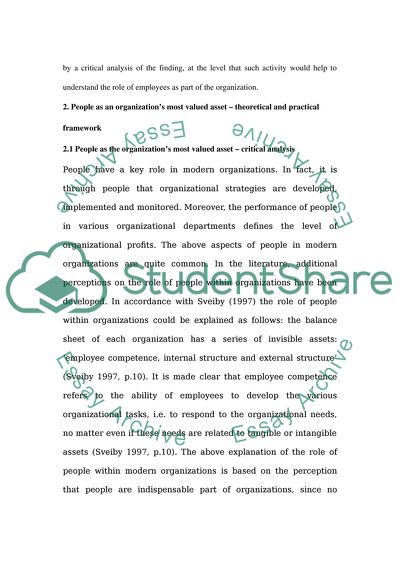Cite this document
(“Critically examine the claim that people are an organisation's most Essay”, n.d.)
Retrieved from https://studentshare.org/environmental-studies/1418969-critically-examine-the-claim-that-people-are-an
Retrieved from https://studentshare.org/environmental-studies/1418969-critically-examine-the-claim-that-people-are-an
(Critically Examine the Claim That People Are an organisation'S Most Essay)
https://studentshare.org/environmental-studies/1418969-critically-examine-the-claim-that-people-are-an.
https://studentshare.org/environmental-studies/1418969-critically-examine-the-claim-that-people-are-an.
“Critically Examine the Claim That People Are an organisation'S Most Essay”, n.d. https://studentshare.org/environmental-studies/1418969-critically-examine-the-claim-that-people-are-an.


